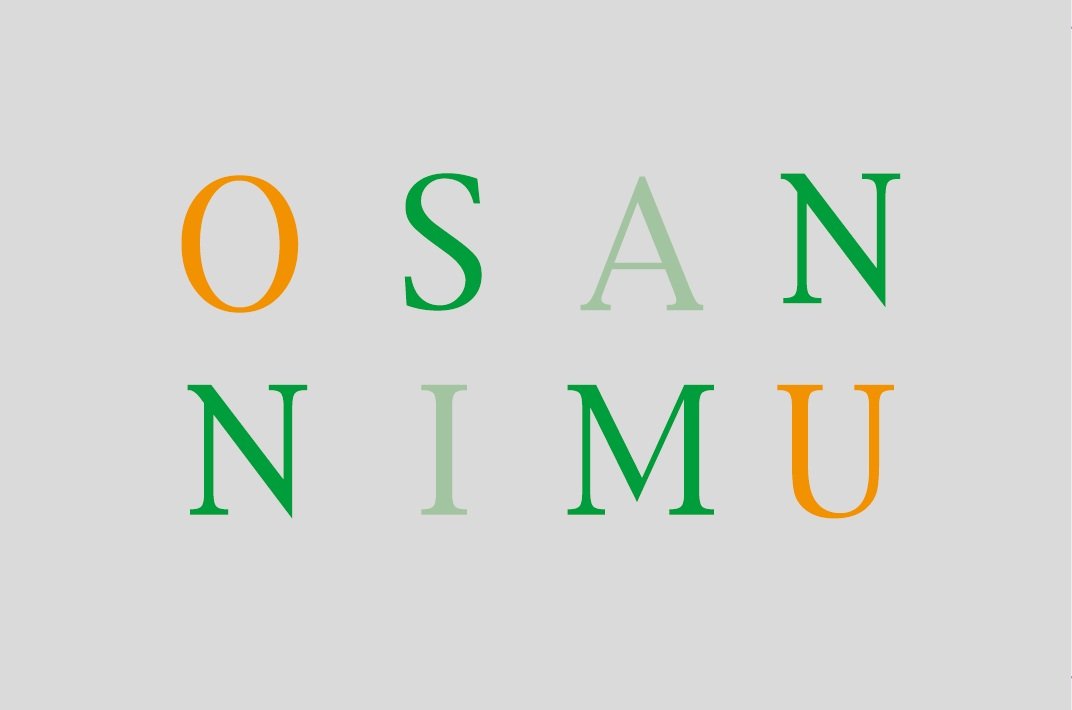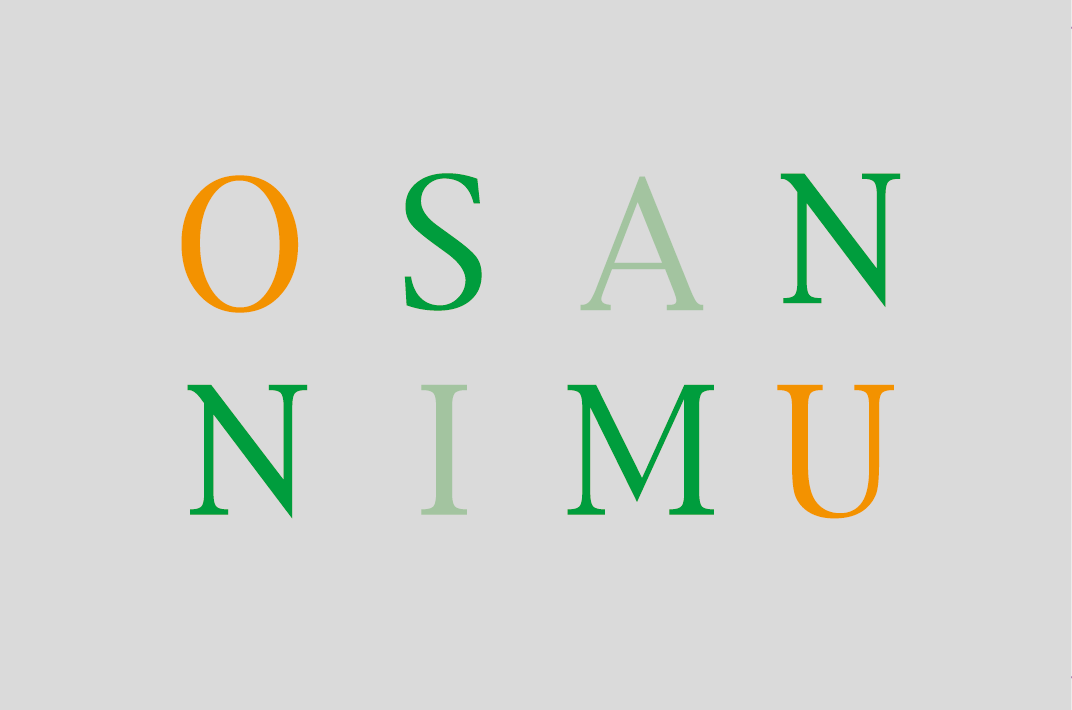Inclusive Design
Helps us to navigate places and spaces along the Olympic Park and Lower Lea Valley, on tour
Nick Edwards (Open City) uses a framework to explain aspects of a user-engagement process.
A walk tour around the Olympic Park — led by guide Nick Edwards — walks us through the story of a post 2012 Olympic Games landscape and its ambitious legacy. The legacy is a large scale mixed use district, in “London’s newest post code - E20.”
As Nick reflects, with us, on the planning, design and delivery of this large-scale mixed use district which is now home to multiple organisations (such as Transport for London, UNICEF, British Council, UCL, UAL and the V & A), a legible system and sign typology, directional and information elements come into view. The rich diversity of human experience, that may need to make sense of these elements, is also visible. The bustle is visible from Stratford Station and the retail spaces adjacent to the station.
2023, 11 years later, after the Olympic Games, people come together from within and outside the UK to work, play, study, perform, worship and interact. Today, the consequence of the participatory research and user engagement that Nick Edwards referred to, imperfect as it was at the time is a Wayfinding system that provides guidance and the means to help people feel at ease within and around the Stratford Station, The Olympic Park and the Lower Lea Valley.
V & A & UAL: work in progress at the Eastbank.
Exterior and Interior signs: identification, directional, orientation and regulatory come into view, as they link pathways, cycle paths, open spaces, venues, wildlife habitat, neighbourhoods, homes, health centres, playgrounds, nurseries and schools.
This sign is made out of concrete, with contrasting rough and smooth surfaces which follow the geometric patterns of the Olympic Games’ Brand Identity.
Inclusive Wayfinding Strategy
Prominent and legible way marks makes use of the topography to provide easy access in to, through and out of the site and buildings within it.
Cross Disciplinary Relationships
Participatory Research
Artwork production
Iconography
Mapping design
Multi-modal wayfinding
Communication Graphics
Digital Product Design
Physical Product Design
Information Design
Pedestrian wayfinding
Industrial design
Interior Design
Architecture
Engineering
Project Management







